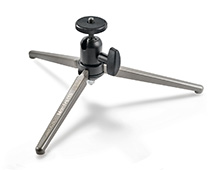
I’m away again, in Budapest again, and should be back tomorrow. And since I planed this trip from day to day, I don’t have a photo for today. So to make up for it, how about a quick sale for today, of my video tutorial. Use the code “QUICKSALE” to get 30% off from the price. That’s around 15usd off from the normal 49usd price (So the new price is 34,30 usd). The code will be active for the next two days :)
To get all the info, and sample videos on the series, please check the Master exposure blending page.
and hear you can see the introduction video, to see what it’s about




















